Why It May Be Hard to Convict an Officer in Cases of Police-Involved Deaths
A mistrial was declared in the murder trial of Michael Slager on Monday.
— -- A mistrial was declared Monday in the murder trial of a former South Carolina police officer who was accused in the shooting death of an unarmed black man -- the latest case in a string of high-profile officer-involved deaths that did not result in convictions, or in some cases, indictments.
There has been a recent uptick in police being charged in officer-involved deaths due to the abundance of video evidence provided by cellphone, surveillance and police dash-cam and body-cam, but convictions still remain relatively uncommon, with a murder conviction being exceedingly rare, according to experts interviewed by ABC News.
Since 2005, a total of 78 state and local police officers have been charged with murder or manslaughter resulting from an on-duty shooting, according to Philip Stinson, a former police officer and criminal justice professor at Bowling Green State University in Ohio who researches police-involved incidents and crimes.
Of those cases, 27 officers have been convicted to date -- 14 by jury trial and 13 by guilty plea, Stinson said. Of those convictions, only one officer was convicted of murder: James Ashby of the Rocky Ford Police Department in Colorado. He was sentenced to 16 years in prison.
"What we see time and time again is that jurors are very reluctant to second-guess the split-second life-or-death decisions that a police officer makes," said Stinson, who began studying police-involved incidents in 2005.
Jurors are "unwilling to conclude that an on-duty police officer could be a murderer," Stinson said.
Among officers charged in the U.S. in 2010 with misconduct -- which encompasses a number of areas including excessive force (including fatal excessive force), sexual misconduct and assault -- 33 percent were convicted, according to the National Police Misconduct Reporting Project. In the general population between 2002 and 2006, the equivalent was 68 percent, according to the U.S. Bureau of Justice Statistics.
The low conviction rate for police officers may stem from the law itself.
The law, which applies nationwide, is "pretty clear" that police officers are to be judged by "different standards," said Sunny Hostin, senior legal correspondent and analyst for ABC News. Officers are judged, not in hindsight, but by "what a reasonable officer at the scene would have done," she said.
"I think [the jurors] sometimes give that police officer the benefit of the doubt" because they are "trained to shoot if they are in danger," Hostin said.
"Jurors understand that police officers have a very difficult job," she said. "They put their lives on the line every day to protect us. They have a hard time convicting someone whose job is to protect and serve."
Somewhere between 900 and 1,100 people are shot and killed by an on-duty police officer every year, Stinson said, and additional people are killed by on-duty officers in a manner not involving a gun.
"The vast majority of office-involved deaths are done by shooting," most of which are found to be legally justified, which means that "the officer had a reasonable apprehension of an imminent threat of serious or bodily injury or deadly force being used against the officer or someone else," Stinson said.
More officers are being charged in recent years, Stinson noted.
In 2015, 18 officers were charged with murder or manslaughter resulting from an on-duty shooting. In 2016 so far, 12 officers have been charged. In comparison, in the decade preceding 2015, from 2005 to 2014, 48 officers were charged -- an average of fewer than five officers a year.
"Many, if not all of those officers would not have been charged had it not been for the video evidence," Stinson said.
"In the past, police have owned the narrative in these cases," he added. What they say happened is what gets put into the official record. What we're seeing with video evidence is the initial statement is inconsistent with the video evidence. Either their recollections are faulty or they're lying."
But even the most compelling video evidence often isn't enough to convict the officer.
"Although those cases being brought are on the upswing, in large part due to ubiquitous cellphone video, we're still not getting a significant conviction rate as prosecutors," Hostin said.
Police officers are "entitled to receive the same due process and the same presumption of innocence that any other American citizen enjoys," said Jim Pasco, executive director of the National Fraternal Order of Police. "The right to a fair trial is an integral piece of that equation."
"Every case is judged on its own merits and is unique in and of itself," Pasco said.
Below are several examples of cases of death caused by on-duty police officers:
No Arrest in Death of Eric Garner
Eric Garner died on July 17, 2014, after he was stopped for selling untaxed cigarettes on Staten Island, New York. Garner, 43, who was not armed, was put in an apparent chokehold and taken down to the ground. Cellphone footage showed Garner saying, "I can't breathe," which became a rallying cry for protesters throughout New York City and around the country.
In December 2014, a grand jury declined to indict the officer involved, Daniel Pantaleo, who is white. In a statement at the time, Pantaleo said, "It is never my intention to harm anyone and I feel very bad about the death of Mr. Garner." Garner's family last year settled a lawsuit with New York City for $5.9 million.
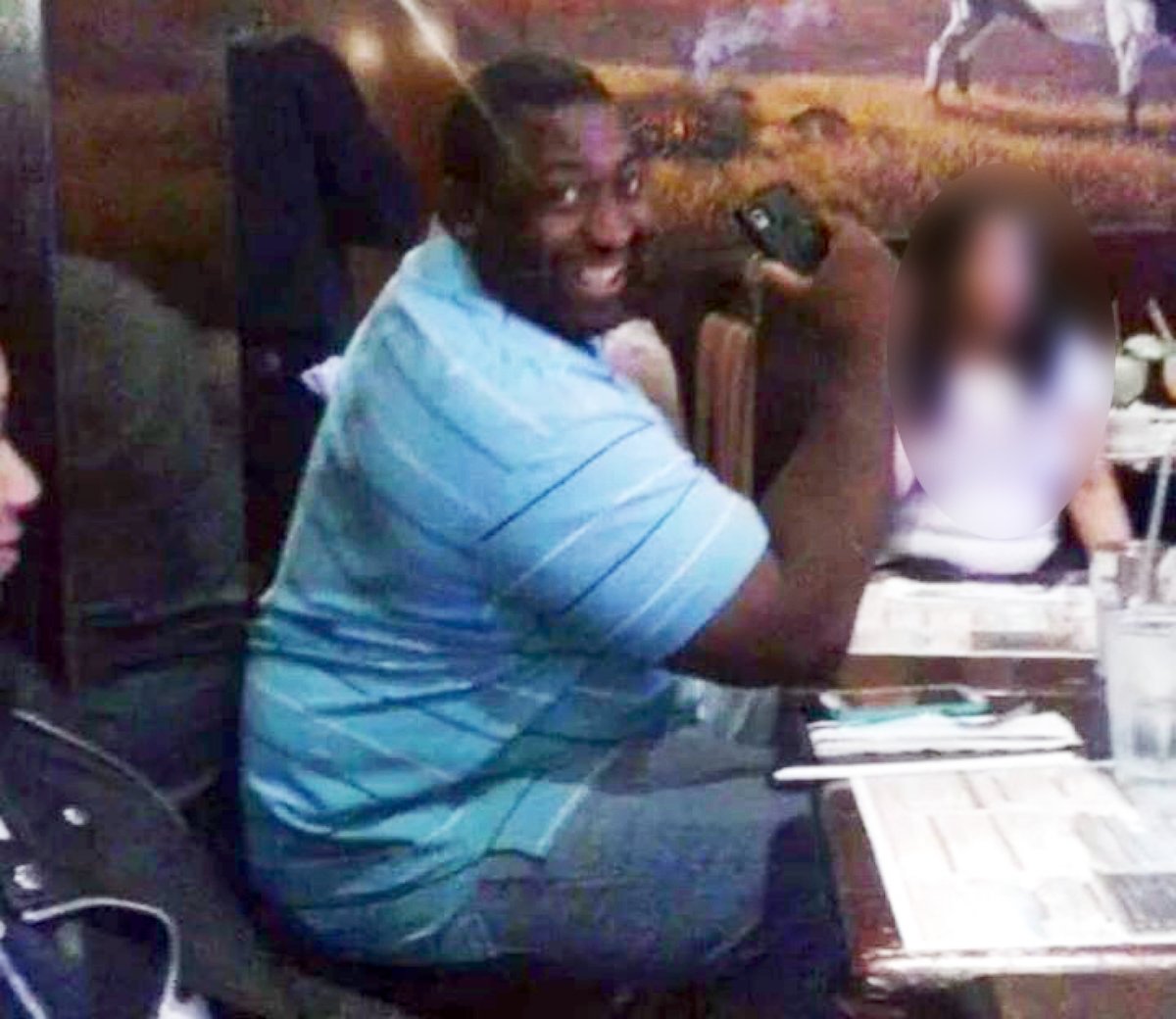
No Arrest in Death of Tamir Rice
Tamir Rice, 12, was holding a toy gun when he was fatally shot by officer Timothy Loehmann, who is white, at a Cleveland, Ohio, playground on Nov. 22, 2014. A grand jury last December declined to indict Loehmann and his partner, Frank Garmback, in the shooting.
Loehmann "had reason to fear for his life," Cuyahoga County Prosecutor Timothy McGinty said in December, citing video he said was "indisputable" when it showed Tamir reaching for his toy gun as the police car approached and Loehmann exited.
McGinty said it would be unreasonable for the law to require the officers to wait to determine if the gun Tamir had was real. "It became clear" that the officers' actions were not criminal, McGinty told reporters.
The city of Cleveland agreed this year to a $6 million settlement in a lawsuit filed by Tamir's family and estate against the city and the officers and dispatchers who were involved.
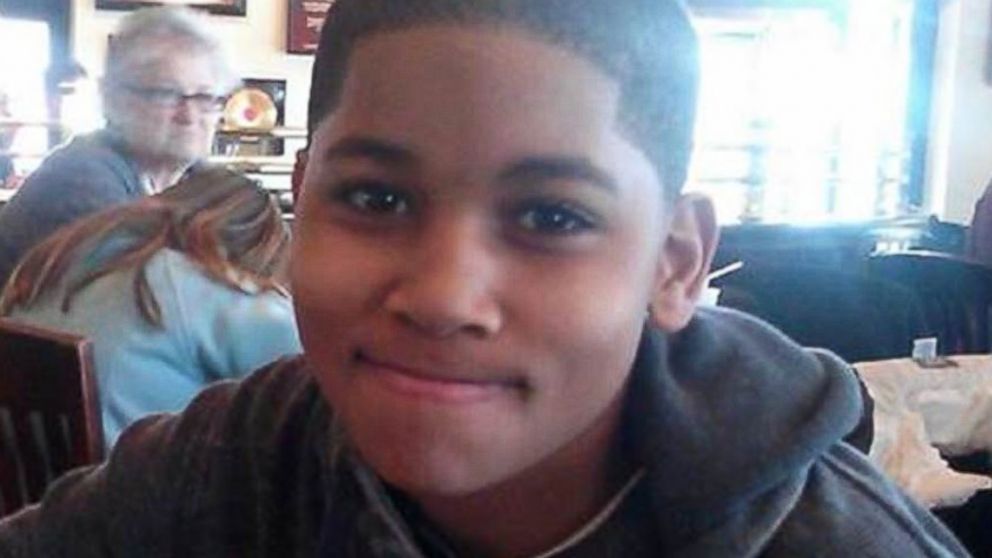
Arrest But No Conviction in Death of Freddie Gray
On April 12, 2015, Freddie Gray, 25, was pursued by cops on bicycles through the streets of Baltimore when he fled after making eye contact with a police officer, according to prosecutors. He was taken into custody in a police van, which made several stops.
At one point, officers put flex cuffs on Gray's wrists and leg cuffs on his legs before loading him into the van on his stomach, head first.
One of the videos that emerged from the incident appeared to show officers surrounding Gray, who was motionless outside the van.
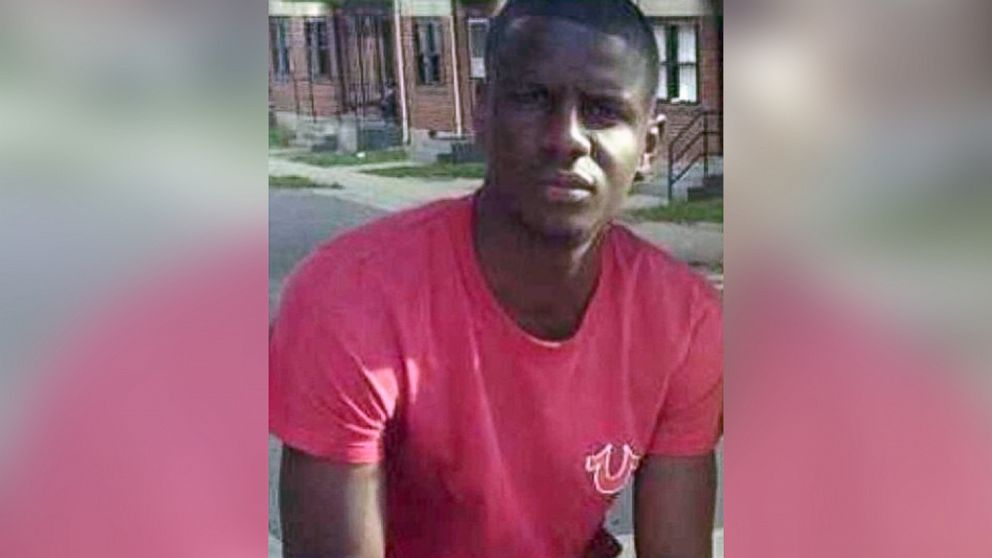
Gray died seven days after his arrest. Gray's autopsy concluded that his death was caused by a "high-energy" injury to his neck and spine that likely occurred while Gray was in the back of the police van because he didn’t have a seat belt on, according to the autopsy.
His death sparked civil unrest and protests in Baltimore and shined a light on racial tensions and issues surrounding what critics said was the use of excessive force by police nationwide.
The medical examiner ruled Gray’s death a homicide. Six Baltimore police officers were indicted and all pleaded not guilty. Three of the officers are black and three are white.
Officers Caesar Goodson Jr. and Edward Nero, the second and third of the officers to stand trial for their alleged role in the arrest and death of Gray, were found not guilty this year. The trial of the first officer, William Porter, ended with a hung jury in December, and he will be retried. A trial date has yet to be set for the retrial.
Charges were dropped against the three officers who did not stand trial.
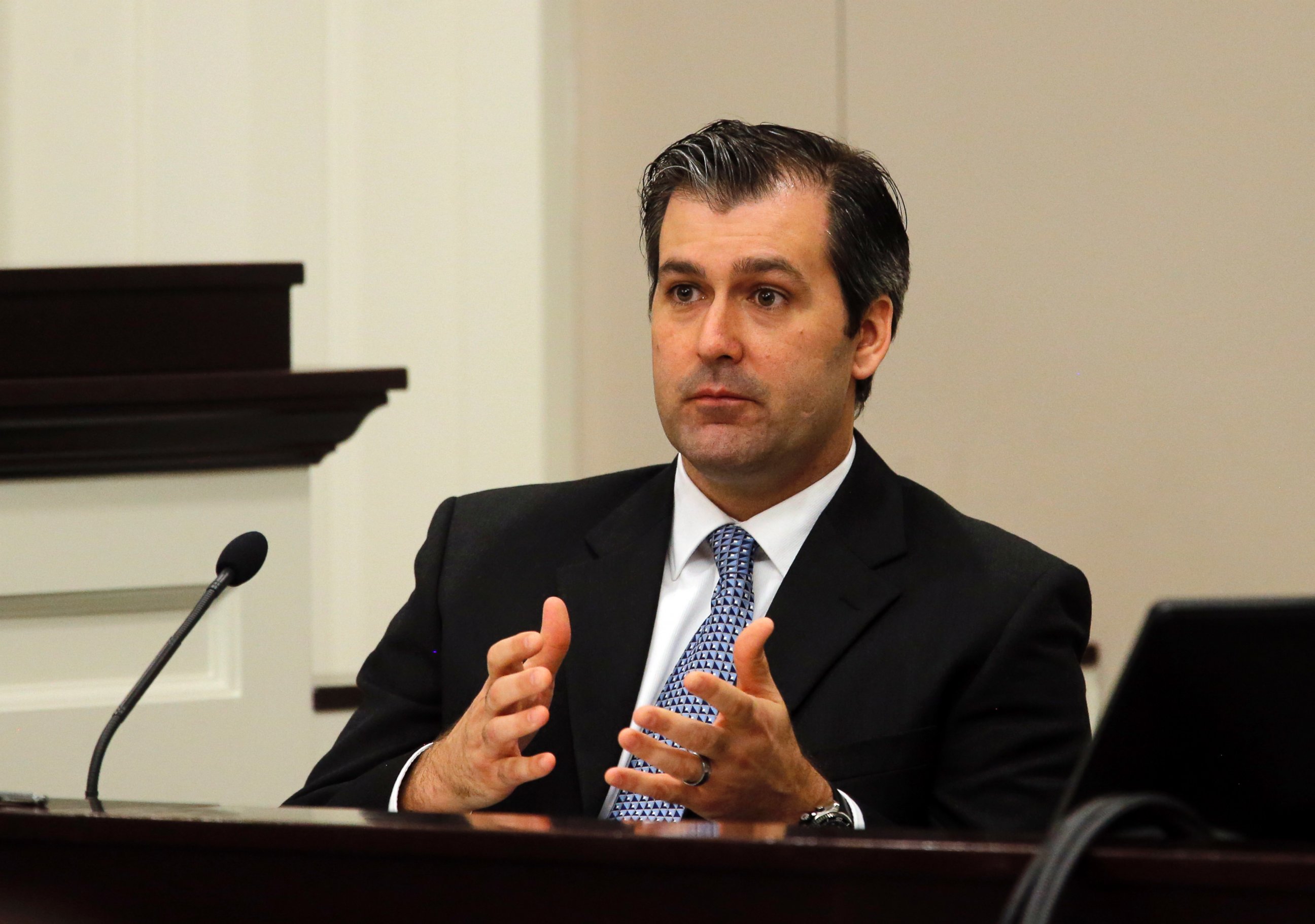
Arrest and No Conviction in Death of Walter Scott
A mistrial was declared Monday in the high-profile murder trial of former North Charleston police officer Michael Slager.
Slager, who is white, was accused of killing Walter Scott, an unarmed black man, after a traffic stop on April 4, 2015, in North Charleston. Video that surfaced shortly after the encounter appears to show the moment Slager fatally shot Scott as he ran away. The video garnered national attention, propelling Slager into the spotlight. He was fired from the force after the shooting.
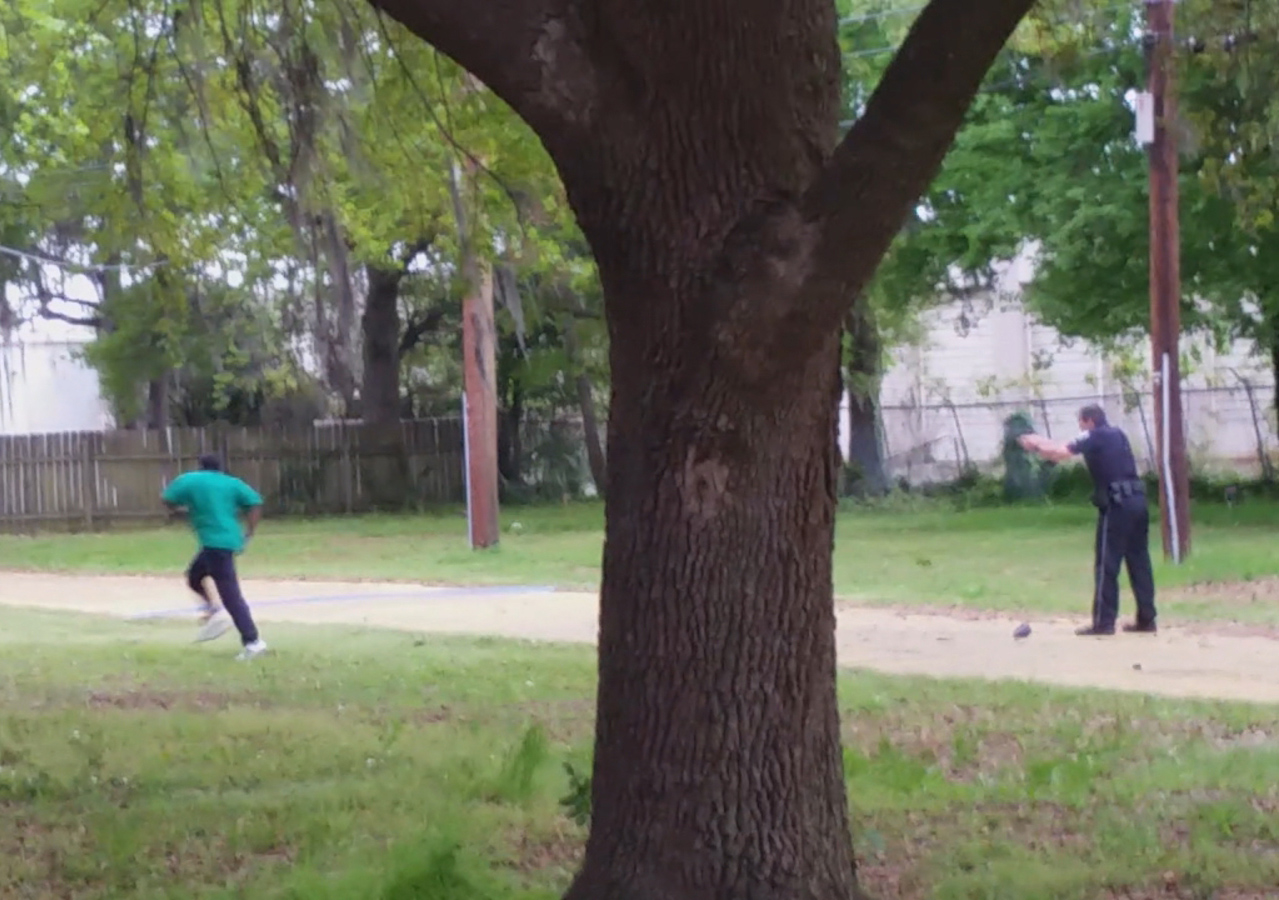
Solicitor Scarlett Wilson said Monday, "We will try Michael Slager again."
Slager also faces a federal trial, which is scheduled for next year.
Arrest and Conviction in Death of Eric Harris
Eric Harris, who was not armed, was fatally shot on April 2, 2015, in Oklahoma by Robert Bates, a white man who was a volunteer reserve sheriff deputy for the Tulsa County Sheriff's Office.
Bates has said he mistook his handgun for his stun gun. Police said Harris was the subject of an undercover operation. Video showed Harris, 45, get into a car and pull a gun out of his backpack. Less than a minute later, a car pulled up, and when deputies got out, Harris ran.
Video also showed officers pursuing him and then appearing to struggle to subdue him. After a single gunshot, someone says, "I shot him! I'm sorry."
Bates was convicted of second-degree manslaughter this year and sentenced to 4 years in prison. He is appealing his conviction.
Arrest and Awaiting Trial in Death of Laquan McDonald
Laquan McDonald, 17, was shot dead in Chicago on Oct. 20, 2014, allegedly by Chicago police officer Jason Van Dyke. The white officer reportedly shot the black teen 16 times, and The Associated Press reported that the autopsy report found two of the shots were fired into his back.
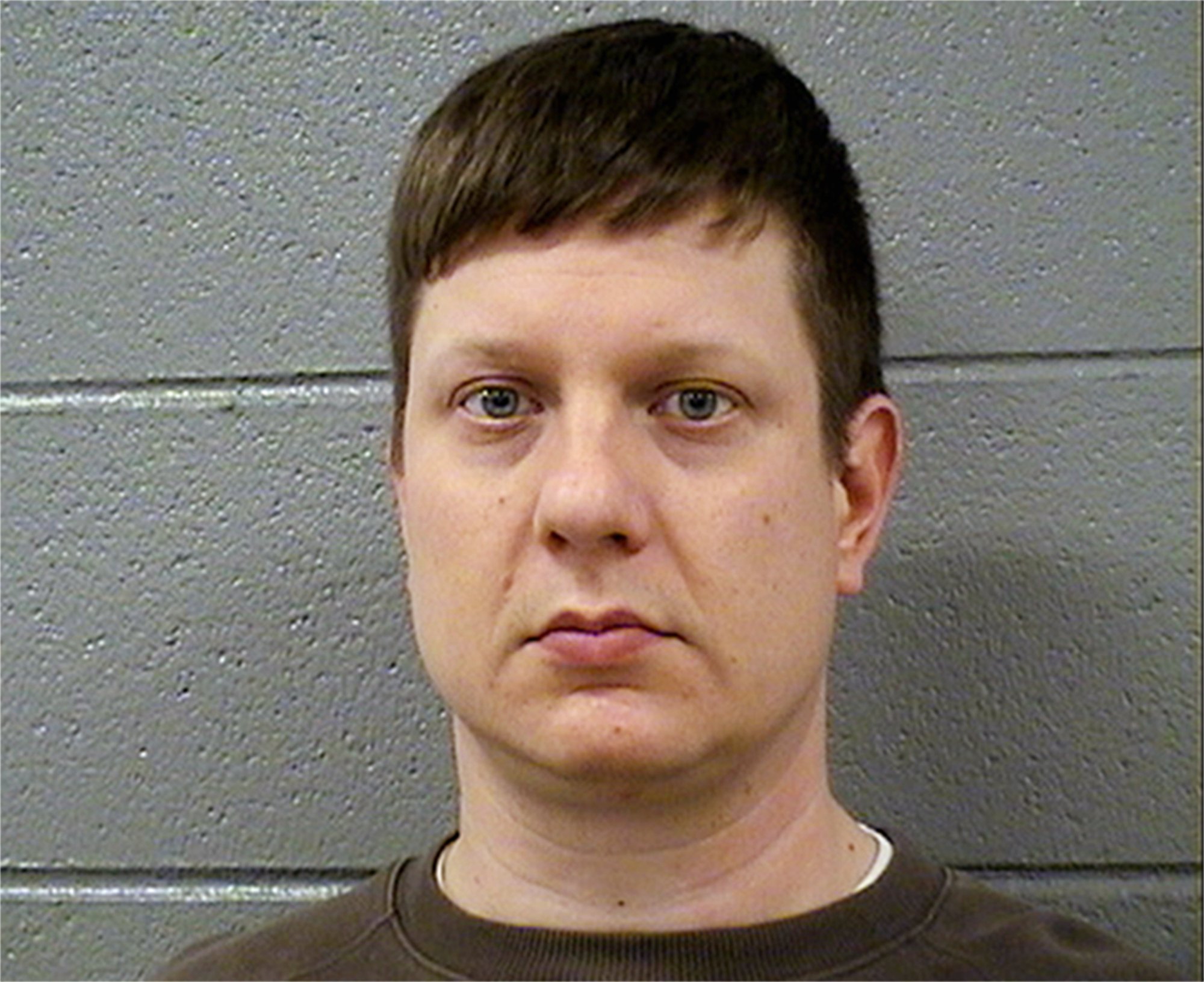
Video showed that McDonald was armed with a knife but was not moving toward the responding officers when he was shot. The teen's death sparked outrage in Chicago, and one year later the U.S. Justice Department opened an investigation into the Chicago Police Department.
Van Dyke was charged last year with first-degree murder and is awaiting trial. He has pleaded not guilty. He was suspended without pay. A trial date has not yet been set.
Van Dyke was hired by the Fraternal Order of Police after he was suspended from the police force, much to the outrage to many in the Chicago community.
Arrest and Awaiting Trial in Death of Philando Castile
Philando Castile was pulled over for a broken tail light on July 6, 2016, in Falcon Heights, a suburb of St. Paul, Minnesota. After Castile was pulled over, he informed the police officer that he was carrying a gun, said his girlfriend, Diamond Reynolds, who was in the car. After Reynolds informed the officer that he was licensed to carry, Castile was shot multiple times, she said.
Cellphone video taken by Reynolds after the shooting shows Castile sitting in the car with a shirt that appears to be soaked in blood. The officer can be heard saying, "I told him not to reach for it."
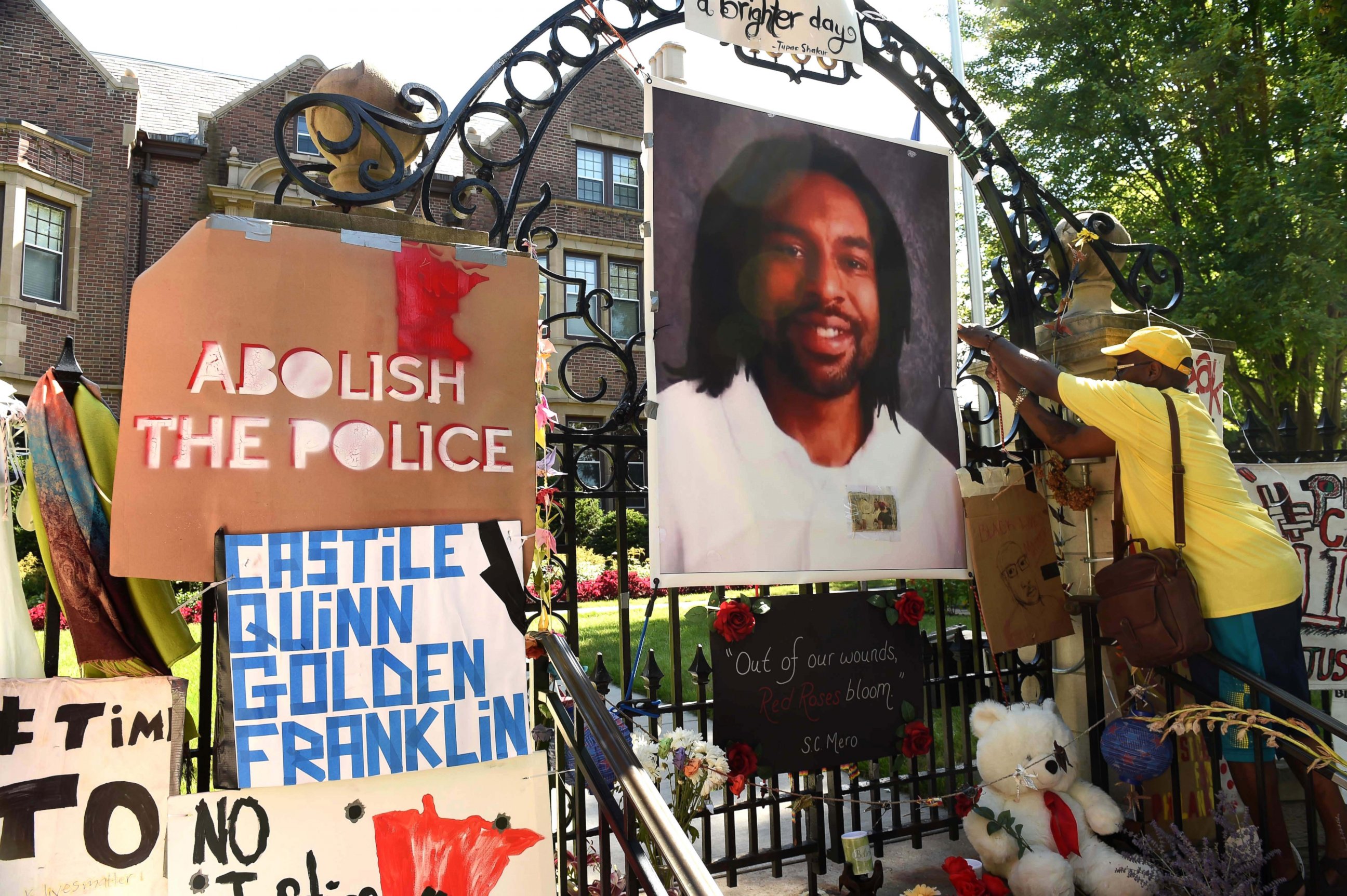
The footage begins with Reynolds' calmly narrating what happened as she trains the camera on Castile and on at least one officer who is seen pointing a gun through the driver's side window.
"Please, officer, don't tell me that you just did this to him," she says in the video. "You shot four bullets into him, sir. He was just getting his license and registration, sir."
Reynolds can also be heard saying on video that the officer "asked him for license and registration. He told him that it was in his wallet, but he had a pistol on him because he is licensed to carry. The officer said don't move. As he was putting his hands back up, the officer shot him in the arm four or five times."
The St. Anthony Police Department said a handgun was recovered from the scene.
St. Anthony Police Officer Jeronimo Yanez was charged with second-degree manslaughter in Castile's death last month. He did not enter a plea during his initial court appearance and will appear in court next on Dec. 19.




